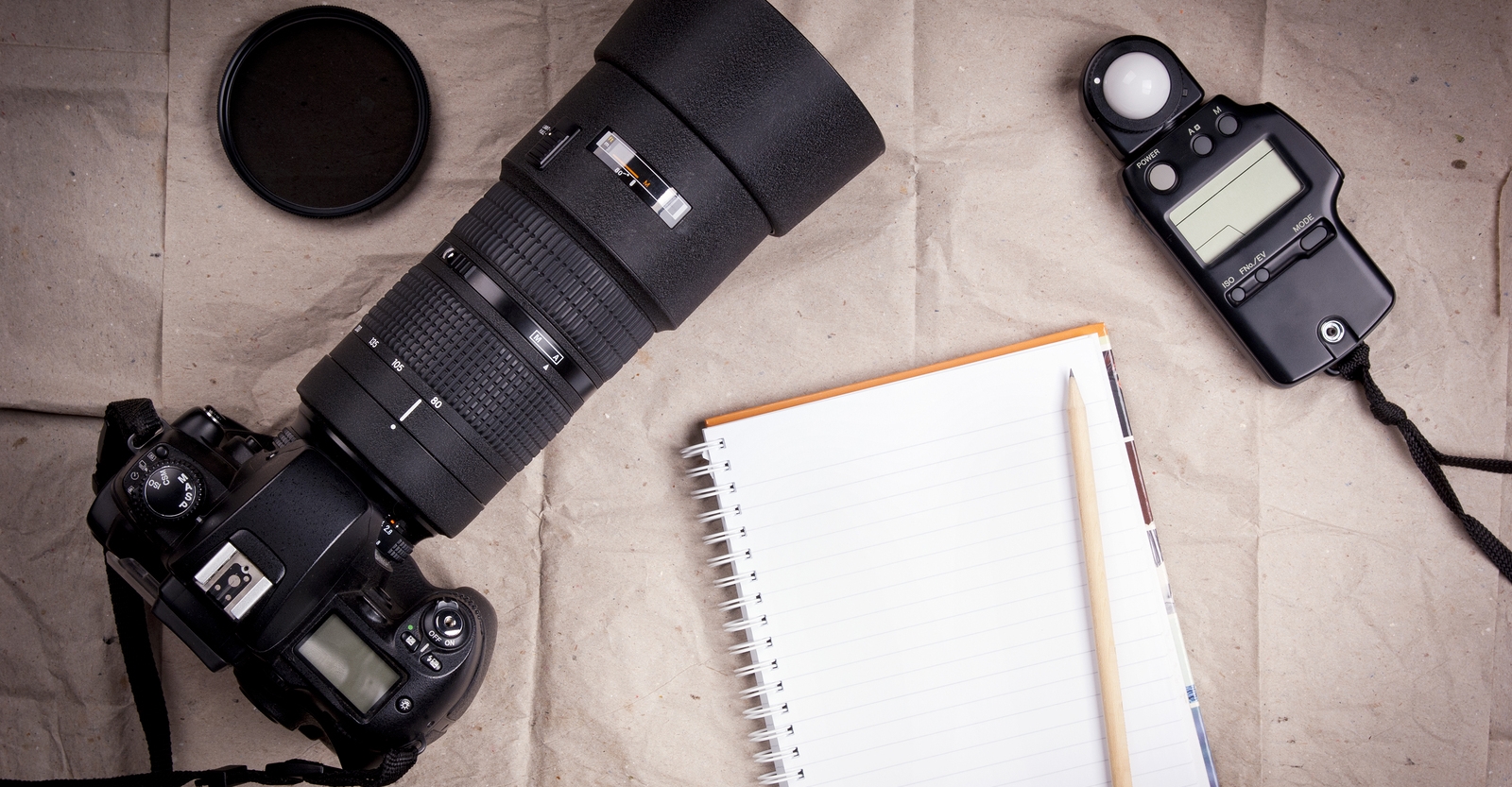This article over at Digital Photography School tells you all you need to know about the metering modes on your camera.
You’ll get several examples of how your camera sets the exposure in different kinds of light and by using different methods. Getting the exposure right in the first place will reduce the amount of post processing. Happy metering!
Evaluative Metering
In this metering mode, the meter divides the scene up into a grid and analyzes each segment for highlight and shadow (bright and dark) information. Once that data is collected, it calculates the average value and bases the exposure on that average. Keep in mind that all cameras do not have the same number of areas within the frame. Also, they don’t all calculate the average value for exposure the same way. Manufacturers use complex formulas to arrive at exposure values. Therefore, it is important that you understand how your camera behaves in various situations and learn when to trust it, and when not to trust it.
Many of the newer DSLR’s not only average the grid, but place additional emphasis on the focusing points that are in use during that particular image capture.
In the next series of images, matrix metering was used to set the exposure. Two foam-core boards, one white and the other black, were placed side by side in the same light.
Spot Metering
This mode measures the light from a very small part of the scene only. The area measured is typically the center of the image, using approximately a 3 to 7 degree range of measurement. It is usually less than 5% of the area of the frame. With most of the mid to upper end DSLR’s, you can arrange the placement of the spot within the frame so as to identify where you want the reading captured (usually it follows where you focus).
This is a very accurate metering mode. It will provide precise readings from small areas of your scene and is most effective in high contrast situations.
Matrix metering
Matrix metering works well for scenes that are evenly lit. It can be used as a go-to method for grab shots. Even though the camera meter may fail you, these meters are highly sophisticated, computer controlled devices and can be relied upon for general photography. You can leave your camera on this mode and use it as a means of exposure education.
Center-Weighted metering
Use this for any scene where you want the primary subject to be correctly exposed while the rest of the image can be generally ignored for proper exposure. This is ideal for people and pet portrait photography, Still life and some product photography.
Center-Weighted is much more consistent and predictable compared to matrix metering. Use it wisely to control where the camera will be measuring the scene and those areas where the lighting does not play a key role in your composition.
Use this mode for outdoor portraits, high contrast scenes, product and food photography to name a few.
Spot metering
Spot metering gives the maximum accuracy and exposure control. This is ideal for back-lit subjects, close-up and macro photography. It can be used to read the brightest and darkest zones for landscapes. You could not do lunar photography without this mode. Remember to use this mode any time it is important to correctly expose for a subject that does not fill the frame.
Spot metering mode works exceptionally well in situations where your primary subject is much lighter or much darker than its surroundings.
Exposure compensation
In a number of situations, you will need exposure compensation to get the right exposure, irrespective of the metering mode you select. Scenics with a lot of snow cover will be under exposed and will require an increment of +1 or more stops of exposure to make the snow look white.
Conversely, a black furry bear or a person wearing very dark clothing will be overexposed and will require negative exposure compensation of -1 or more stops.
Read the full article over at Digital Photography School.
Source: Digital Photography School


Nikki Sims-Chilton